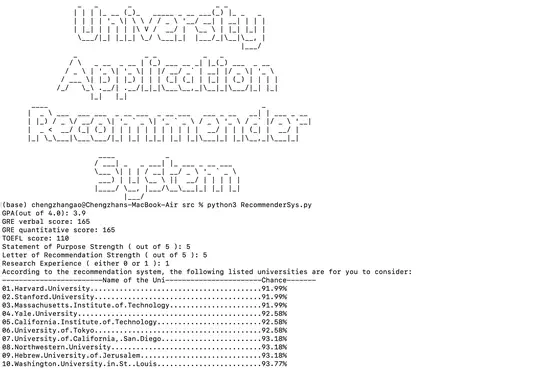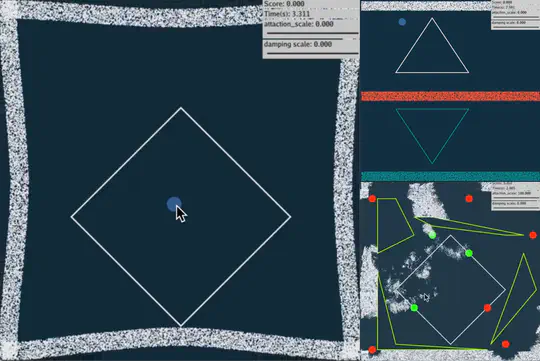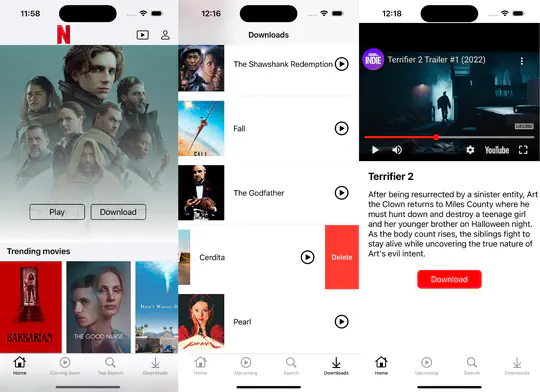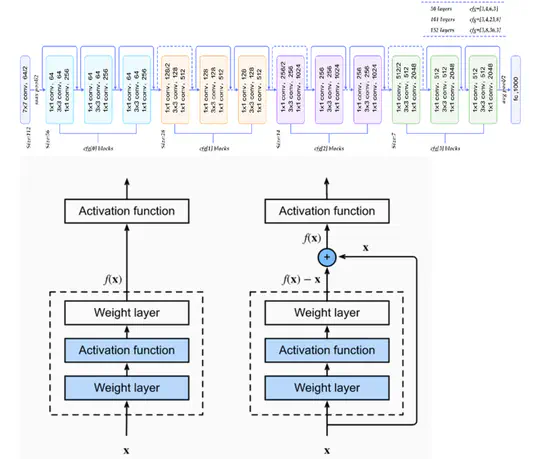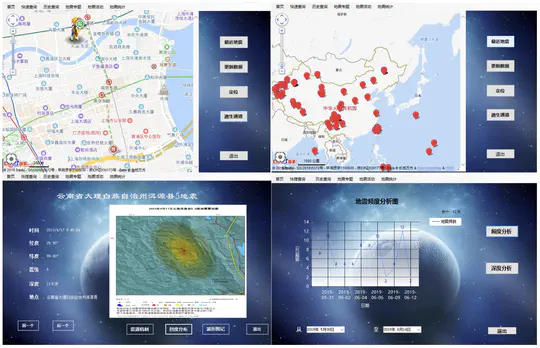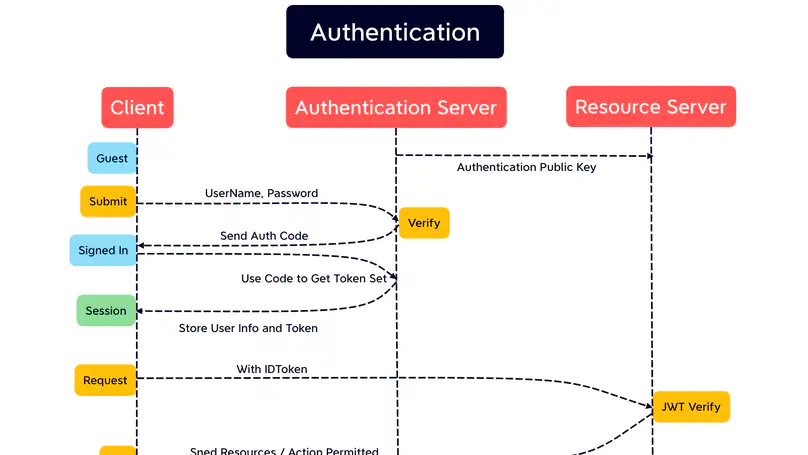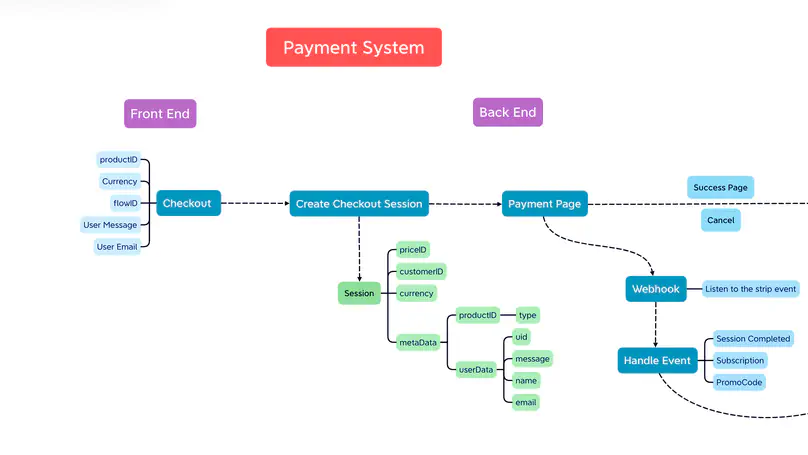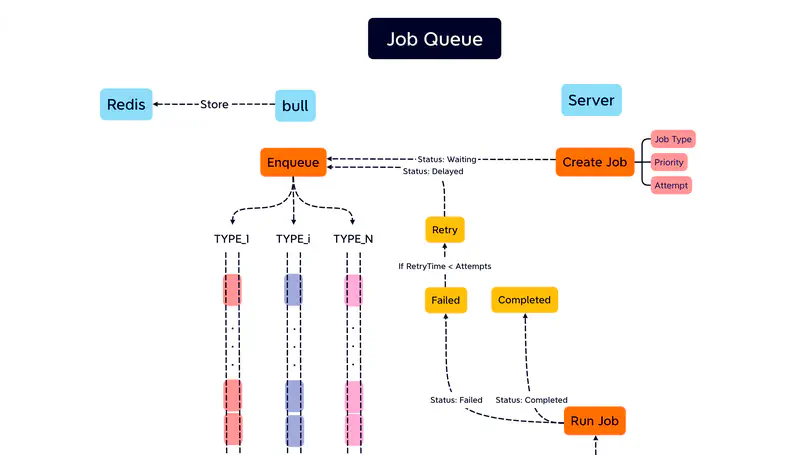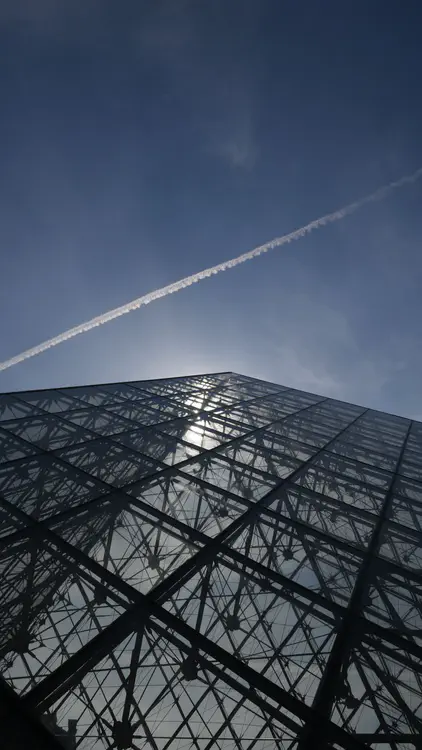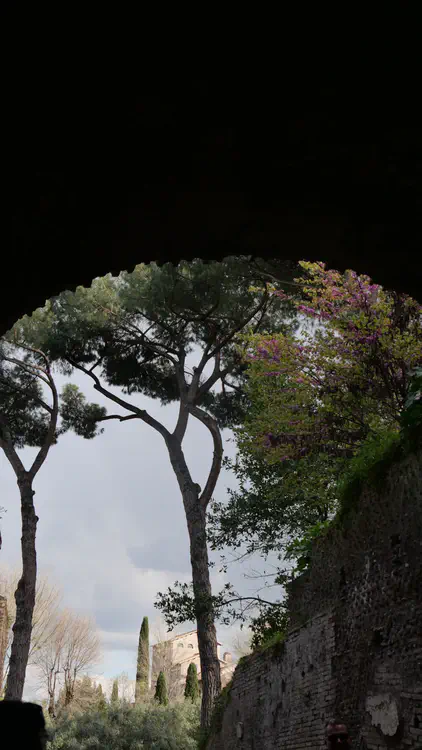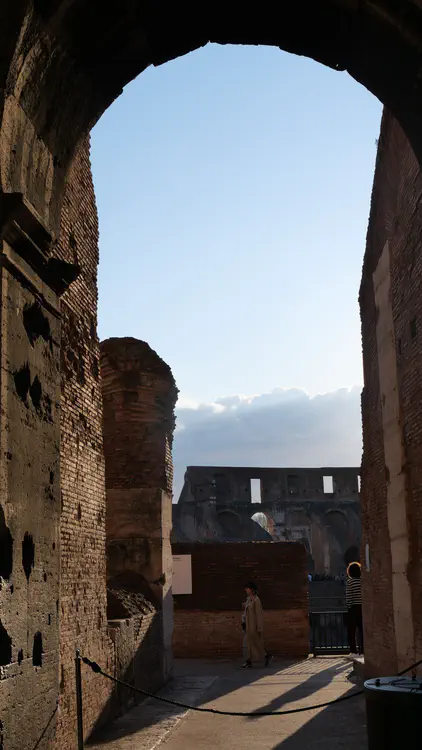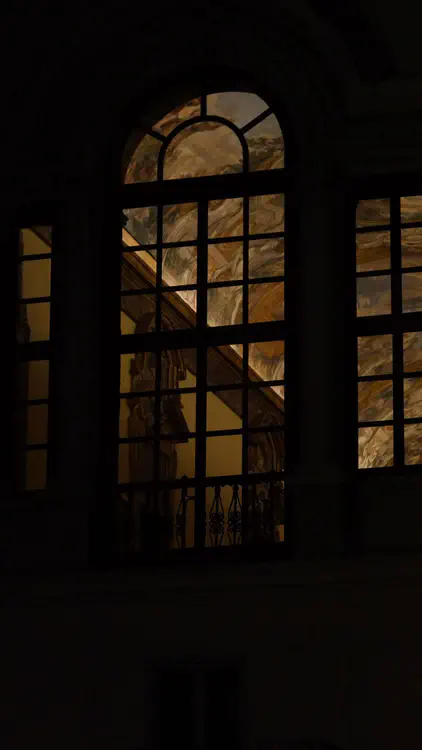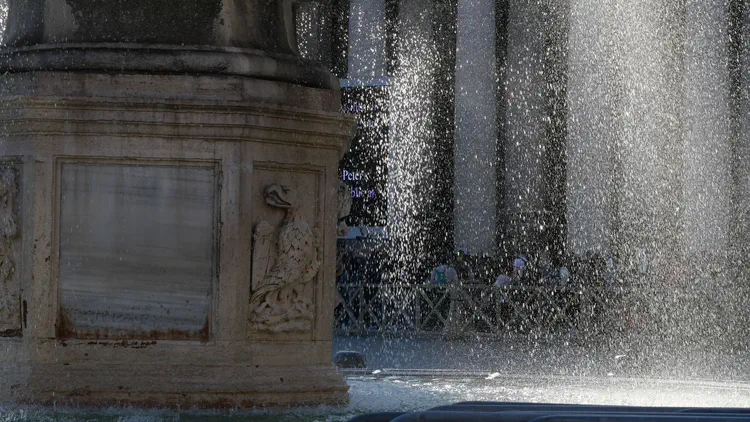Chengzhan Gao
高程展|Software Engineer
University of California
Hi! I currently work as software engineer at Ideker Lab, University of California San Diego (UCSD). I hold a Master’s degree in Electrical and Computer Engineering at UCSD. I bring a diverse academic background with a Bachelor’s in Civil Engineering from Tongji University in Shanghai, China. My foray into coding began during my undergraduate years, where interdisciplinary projects piqued my interest in the digital realm. The allure of creating worlds and defining their logic purely through code was irresistible, leading me to pivot towards Computer Engineering.
Throughout my career, I’ve collected a wealth of experience in software development. I completed internships as a software engineer at CRIB and Esurgi Biotech. I also collaborated with Professor Xie Pengtao on the LLM-related project DrugChat. My role as a software engineer at Lyde was particularly enriching, where I significantly contributed to the development of the AI-assisted university application tool, FoxiApply.
I am a stickler for perfection and detail. Beyond the technicalities, I firmly believe that software engineering is more than coding and I value communication and teamwork.
- Web Development
- Machine Learning
- Game Development
MSc in Computer Engineering, 2024
University of California, San Diego
BSc in Civil Engineering, 2022
Tongji University
Minor in German, 2019
Tongji University
Skills
Work Experience
- Contributed to the migration of key features from the desktop version of Cytoscape to its web-based counterpart.
- Maintained the NDEx website, resolving various bugs and ensuring optimal performance and reliability.
- Developed a 0 to 1 generative AI-powered platform to help students build their first resume for Ivy League college applications in less than 5 minutes without complex template writing, overseeing all phases from UI/UX design through to deployment.
- Optimized the performance of the website by integrating a Redis job queue to process multiple tasks at the same time resulting in a 12% reduction in job failures. Enhanced user experience and engagement by integrating i18n for multilingual support, resulting in 15% more user sign-ups from non-English-speaking regions.
- Applied Jest for unit testing and Cypress for end-to-end testing. Established a robust error-handling framework with CI/CD pipeline logging and alert triggers, minimizing critical SEV and post-launch bug reports by 24%.
- Employed Firebase for user authentication and data store. Integrated Stripe Payment seamlessly to the points system in the web application. Implemented Search Engine Optimization (SEO), improving the website impressions and clicks by 25%.
- Developed a data management platform for a health tech startup, enabling patients to efficiently manage exercise data from our proprietary Biostabilizer machine, with added data visualization for enhanced clarity.
- Optimized the app experience by implementing Redux for consistent state management and GraphQL for data retrieval, reducing server data fetches by an average of 50%.
- Enhanced user experience by cutting initial load times by 30% through improved front-end efficiency with Webpack and lazy loading. Additionally, build custom hooks to boost code reusability and abstraction.
- Built a cross-platform App, CRIB, to foster roommate relationships through features such as real-time status-sharing, seamless expense splitting, and shared scheduling of house chores and responsibilities.
- Led the creation of key app pages using React Native, designed the user-friendly navigation system with React-Navigation, and established robust user authentication and database infrastructure powered by AWS Amplify.
Academic Experience
- Led the fine-tuning of DrugChat, a GPT-like AI platform for pharmaceutical queries, using a novel dataset. Achieved notable enhancements in model accuracy and response quality.
- Executed a comprehensive data pipeline: extracted drug and protein information from the Wikipedia dataset, performed meticulous data cleaning and preprocessing, and prepared data for question-answer pair generation.
- Utilized GPT-4 for generating structured question-answer pairs from the processed data. Skillfully managed API limitations by implementing a throttle mechanism during data generation.
Publications
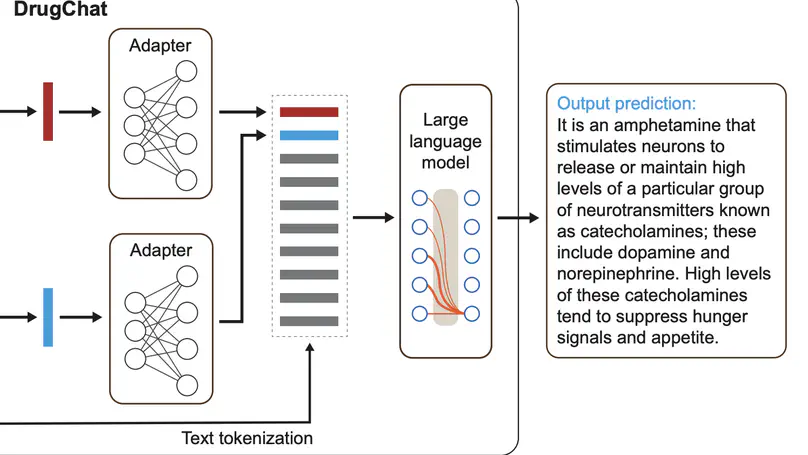
Accurately predicting the mechanisms and properties of potential drug molecules is essential for advancing drug discovery. However, traditional methods often require the development of specialized models for each specific prediction task, resulting in inefficiencies in both model training and integration into workflows. Moreover, these approaches are typically limited to predicting pharmaceutical attributes represented as discrete categories, and struggle with predicting complex attributes that are best described in free-form texts. To address these challenges, we introduce DrugChat, a multi-modal large language model (LLM) designed to provide comprehensive predictions of molecule mechanisms and properties within a unified framework. DrugChat analyzes the structure of an input molecule along with users’ queries to generate comprehensive, free-form predictions on drug indications, pharmacodynamics, and mechanisms of action. Moreover, DrugChat supports multi-turn dialogues with users, facilitating interactive and in-depth exploration of the same molecule. Our extensive evaluation, including assessments by human experts, demonstrates that DrugChat significantly outperforms GPT-4 and other leading LLMs in generating accurate free-form predictions, and exceeds state-of-the-art specialized prediction models.
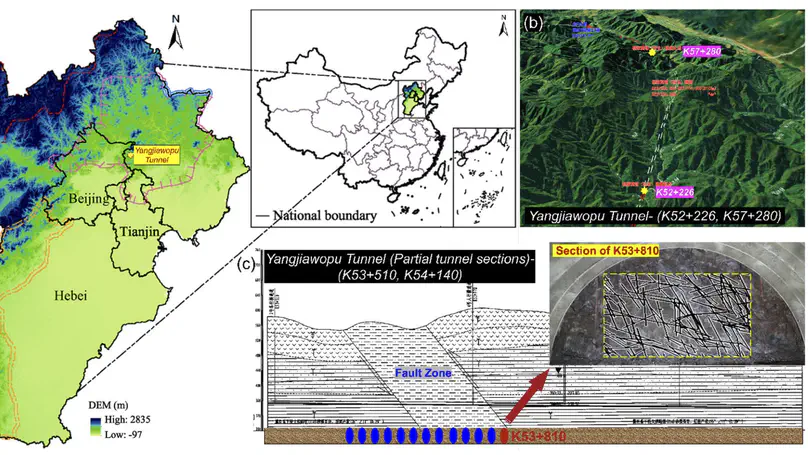
To verify the accuracy and rationality of discrete fracture network modeling, a comprehensive method for evaluating the similarity between two-dimensional fracture maps is proposed in this study. Five evaluation indicators for two-dimensional discrete fracture networks are proposed, including spacing, length, angle, position, and density of rock fractures. Based on the quantitative characteristics of each indicator, methods for evaluating data distribution similarity based on the Wasserstein distance function and matrix similarity based on vector cosine values are proposed. Considering the grouping characteristics of trace lines that are neglected in existing similarity systems, the similarity between each indicator is calculated based on the grouping matching of trace line maps. This achieves the comprehensive calculation of grouping similarity and overall similarity indicators. The importance and size effects of indicators are discussed through fracture model examples. The results show that the indicators of grouping similarity are more rigorous and suitable for engineering modeling with strict requirements compared to those for overall similarity. The proposed method effectively alleviates the difficulty of comprehensive distribution similarity evaluation and achieves a more objective similarity evaluation of position and density indicators. Finally, the established similarity evaluation system is applied to real tunnel construction in Hebei Province, China, providing application value for the accuracy of fracture modeling in practical engineering.
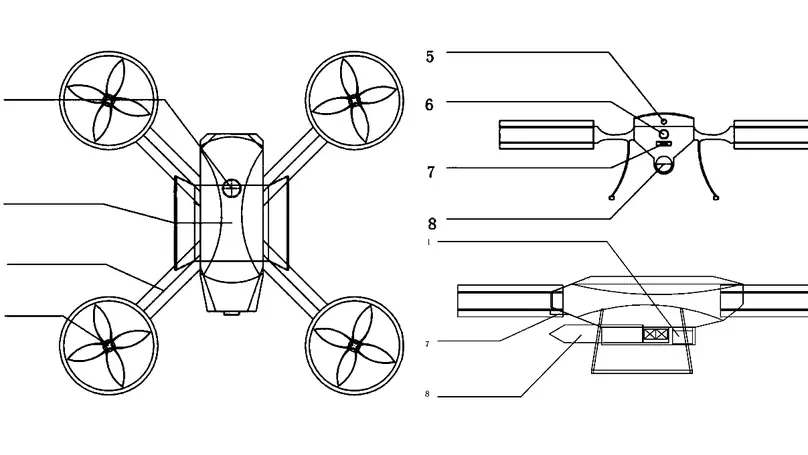
The invention discloses a device and method for building detection and repair based on an unmanned aerial vehicle. The method comprises the steps of modelling an engineering structure through an unmanned aerial vehicle, and determining the track range of automatic cruise detection of the unmanned aerial vehicle; acquiring data of the unmanned aerial vehicle flying to a to-be-detected constructional engineering structure part in the track range, wherein the data comprises non-contact imaging data and contact imaging data; determining a to-be-repaired structural part and coordinates of the to-be-repaired structural part according to non-contact imaging data and contact imaging data; operating the unmanned aerial vehicle according to the coordinates of the to-be-repaired structural part to go to the coordinates of the to-be-repaired structural part; starting a repairing system of the unmanned aerial vehicle, and repairing the to-be-repaired structure part; and carrying out secondary repair on the repaired structural part. According to the invention, buildings can be detected and repaired quickly, so that the construction period for repairing and maintaining the building is shortened.
Projects
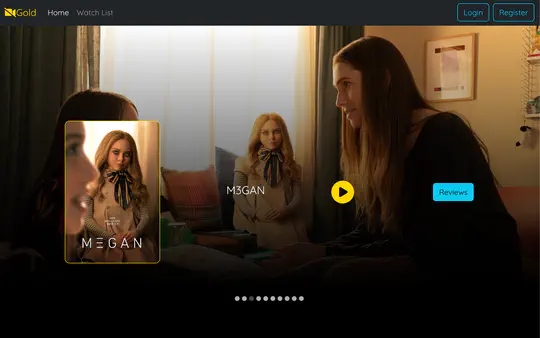
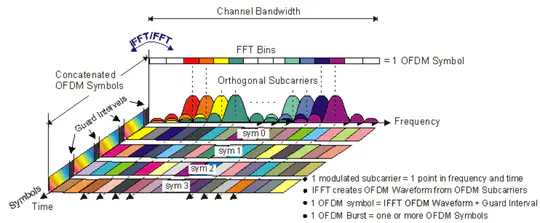
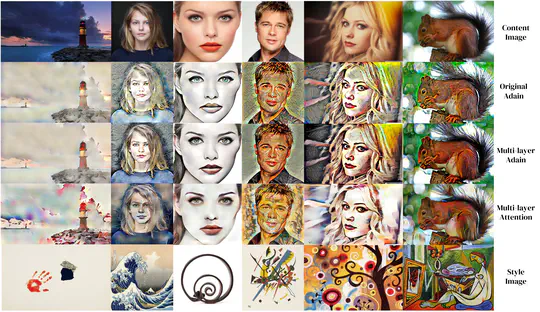

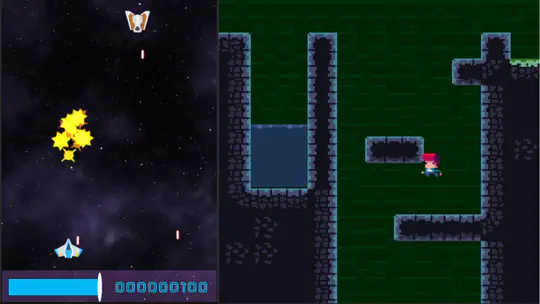
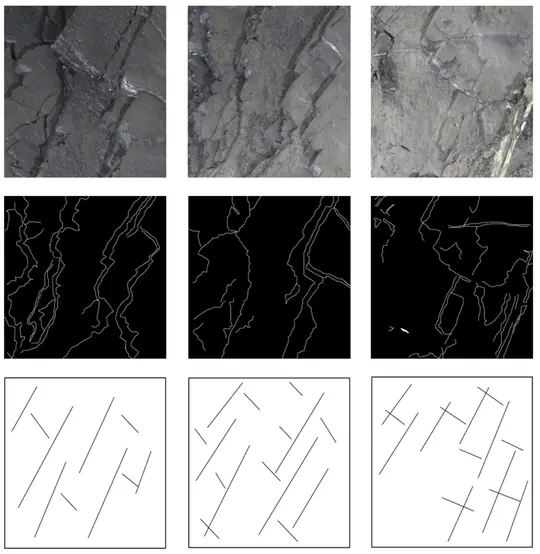
Posts
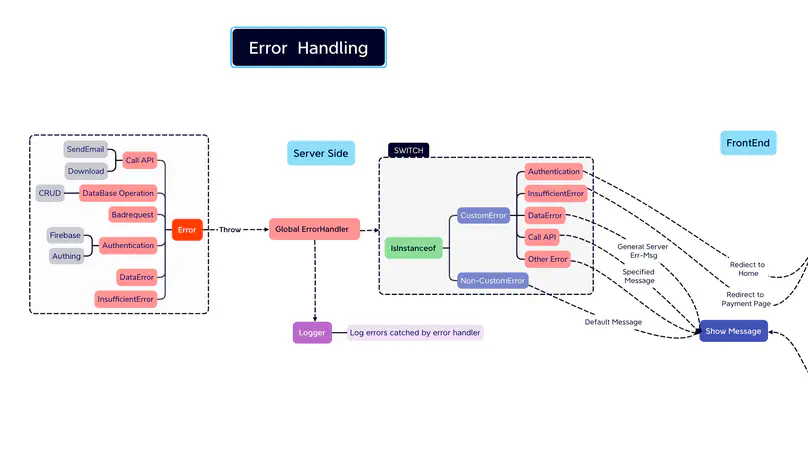
A robust error-handling system is critical to any project. It ensures smooth application operation and streamlines debugging during development. This post shares insights from developing an error-handling system for FoxiApply, a product by Lyde. Key takeaways include defining custom errors, implementing a global error-handler, adopting diverse strategies for different error types, and retaining the original error during error encapsulation.
Hornors
Contact
Leave me a messgae
